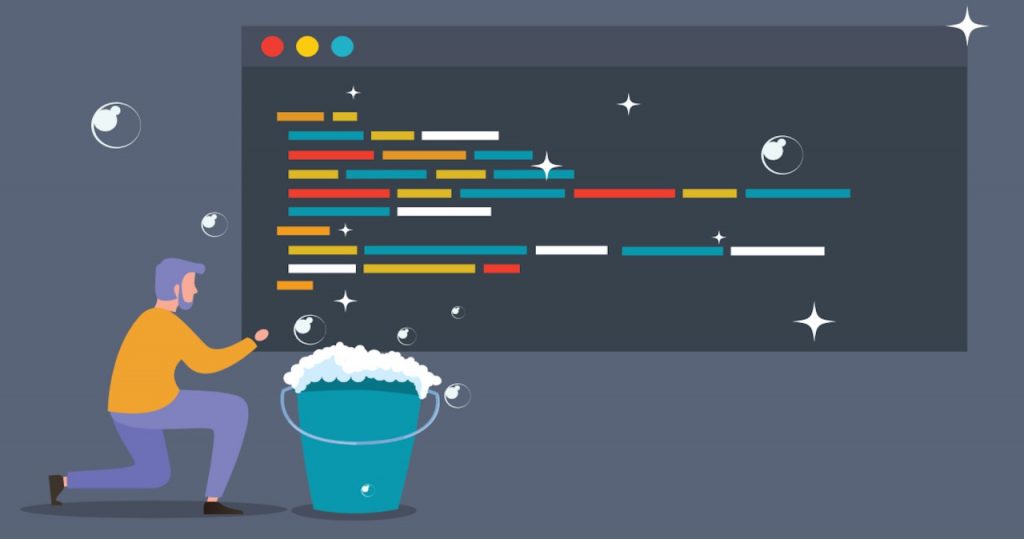In software development, the saying “Code is written for humans to read, and only incidentally for machines to execute” has become a guiding principle for many professional developers. This captures the spirit of Clean Code — a coding style that emphasizes clarity, simplicity, and maintainability, ultimately improving collaboration and long-term product quality.
So, how can you start writing clean code? Below are practical tips you can apply immediately.
1. Use Meaningful Names for Variables, Functions, and Classes
Names are the first clue to understanding what your code does. Descriptive and consistent naming reduces time spent reading and debugging.
Poor example:
pythonCopyEditdef fx(x, y):
return x * y
Clean code version:
pythonCopyEditdef calculate_total_price(unit_price, quantity):
return unit_price * quantity
Tips:
- Use commonly understood English words
- Avoid vague abbreviations unless they are standard (e.g., API, URL)
- Start function names with verbs:
getUserInfo(),updateProfile()
2. One Function, One Purpose
A key principle in clean code is the Single Responsibility Principle. Each function or module should have only one reason to change. This improves reusability, testability, and debugging.
Messy function:
javascriptCopyEditfunction handleUserData(user) {
validate(user);
saveToDatabase(user);
sendWelcomeEmail(user.email);
}
Better structure:
javascriptCopyEditfunction handleUserData(user) {
if (!validateUser(user)) return;
storeUser(user);
notifyUser(user.email);
}
3. Remove Unused or Commented-Out Code
Old or experimental code should be deleted if it’s no longer needed. Leaving it behind clutters the codebase and misleads future developers.
If you need to keep a version history, rely on Git or your version control system, not inline comments.
4. Write Comments to Explain “Why”, Not “What”
Well-written code should be self-explanatory. Use comments to explain the intention behind the code or clarify complex logic — not to describe obvious operations.
Unnecessary comment:
javaCopyEdit// Add two numbers
int sum = a + b;
Useful comment:
javaCopyEdit// Adjusted tax calculation according to 2024 policy update
double adjustedTax = calculateAdjustedTax(income, location);
5. Keep Formatting Consistent
Consistent formatting makes the code easier to read and reduces friction in collaboration. Use tools like:
- Prettier (for JavaScript, HTML, CSS)
- Black (for Python)
- Clang-Format (for C/C++)
Agree on standards as a team: indentation style, maximum line length, bracket placement, etc.
6. Write Unit Tests for Key Functions
While not a direct part of clean code, unit tests protect your clean code from breaking when changes are introduced. Tests help maintain quality and give developers confidence when refactoring.
Clean code should not only be readable, but also resilient.
7. Organize Your Files and Folders Logically
A clean project structure helps developers navigate and understand the codebase faster. Separate concerns into different folders:
bashCopyEdit/controllers
/services
/models
/utils
Keep your structure scalable and intuitive.
Conclusion
Clean code is not just a skill — it’s a mindset. When you prioritize readability, clarity, and simplicity, you’re investing in long-term productivity and collaboration.
Remember: “Clean code reads like prose. It should be elegant, efficient, and effortless to understand.”

